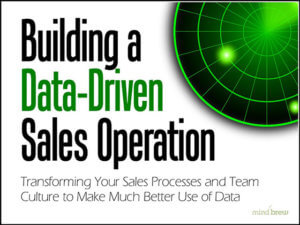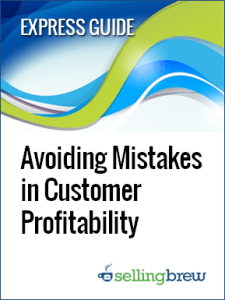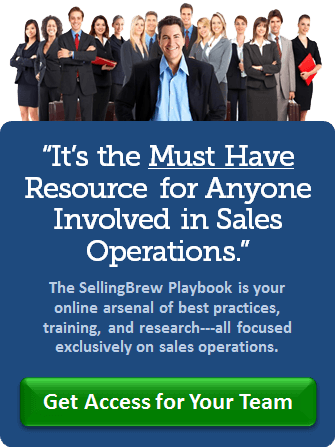Sometimes metrics that seem completely straightforward become much more nuanced if you dig a little deeper.
For example, imagine that you need to figure out how fast the front wheel on a motorcycle is moving. The obvious way to reach an answer is just to look at the speedometer. It says the bike is going 50 mph. Easy peasy.
But if you think a little harder, you might come up with a different answer.
There are actually a couple of different vectors of motion at work in our example. The motorcycle is moving forward at 50 mph, and the wheel is moving with it. But the wheel is also turning, which means that different parts of the wheel are going at different speeds relative to the ground:
- The top of the wheel is moving 50 mph along with the rest of the motorcycle, and it’s also spinning. At the top of the wheel the rotational motion exactly lines up with the direction of the overall vehicle motion, so you have to add the two together in order to get the total: 50 mph + 50 mph = 100 mph.
- But at the bottom of the tire — the point where it touches the ground — the rotational motion of the wheel is in exactly the opposite direction that the motorcycle is traveling. In this case you have to subtract one from the other: 50 mph – 50 mph = 0 mph.

The answer to our original question is that the center of the wheel is traveling at 50 mph, the top is going 100 mph, the bottom is going 0 mph, and every point in between is going a slightly different speed.
Depending on how you are measuring and your point of view, you can come up with an infinite number of totally different answers about how fast the wheel is moving. And they’re all true.
See what we mean about being more nuanced?
Understand what you are measuring
This idea also applies in sales ops. Measurement is only meaningful if you understand the frame of reference. The same dataset may look like progress or stagnation or even deterioration depending on where and how you’re making your observations.
From our vantage point as researchers, we regularly see a few different situations that illustrate this problem:
- Attribution confusion: Based on their metrics, marketing believes that their leads have a high level of engagement. But sales says the deals are stalled and not moving forward. Without a common frame of reference, these departments end up blaming each other.
- Rep activity metrics: A rep logging tons of activity in the CRM might look super-productive — until you look from the customer frame of reference and realize the deals aren’t really moving forward. Are you measuring your team’s rate of busywork or actual deal momentum?
- Compensation incentives: Leadership sees steady sales growth and concludes that the comp plan is working. But a closer analysis of the data might reveal that the reps are approving low-margin sales at month-end in order to meet their quotes. In that case, is the comp plan really doing what you want it to do?
Learning to measure what matters
So how do you avoid this kind of confusion?
As a sales ops professional, you have to understand the full context behind the numbers you are reporting. Sales Ops isn’t just about tracking performance. It’s about understanding the system and choosing the right vantage point. Looking at the wrong part of the organization can lead to misaligned strategies, misdiagnosed problems, and misguided priorities.
As you look at your KPIs, ask yourself, “Am I measuring what really matters — or just what’s easiest to observe?”
We cover this idea in more detail in a couple of different resources. Building a Data-Driven Sales Operation highlights 10 different strategies and tactics that other teams have found to be effective. It also offers tips for making sure that you are hiring the right people and putting the right processes in place to ensure that you are building the right kind of culture.
Sales Metrics Sales Leaders Should Be Managing is even more specific. It examines 306 common KPIs and offers suggestions on which ones you should be paying the most attention to.
The easy answer is usually not the most helpful. By digging deeper and understanding context, you can provide a more complete picture of what’s happening in your business. And that will enable better strategy and more success.













